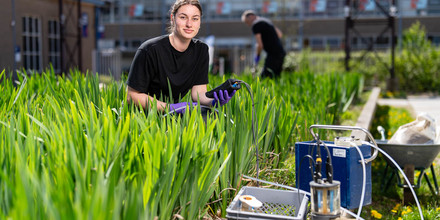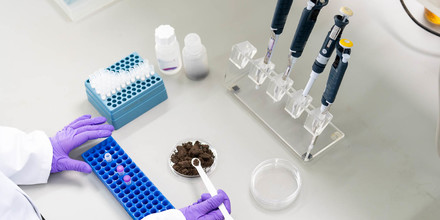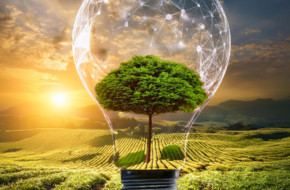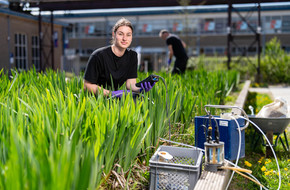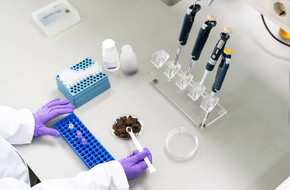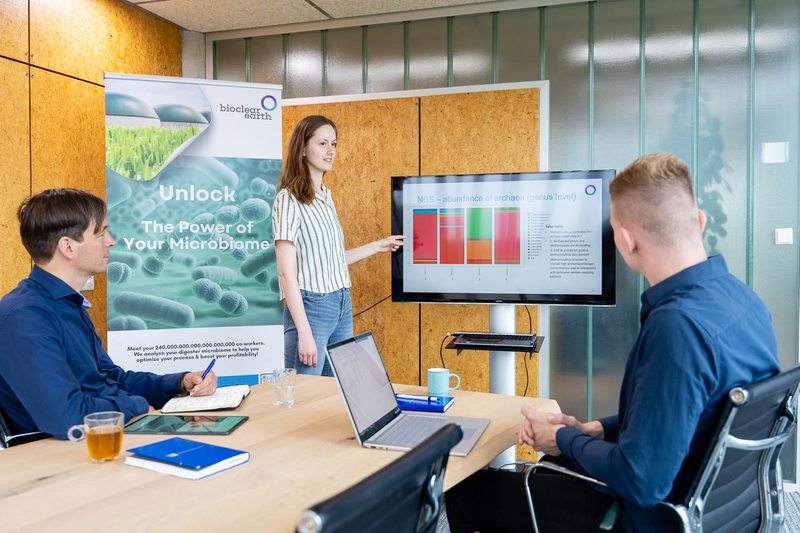Biomethane and e-methane: clean energy for the future
Growing demand for low-emission gases
Renewable methane is a key player in a sustainable energy system. This clean, low-emission gas makes our energy network more flexible and contributes to a greener future. Methane can be sustainably produced from biomass waste streams (biogas or biomethane) as well as from green electricity and carbon dioxide (e-methane). According to the European Biogas Association (EBA), demand for these gases will more than double in the medium term. The EU estimates that the total amount of renewable methane that can be produced by biological processes will be 165 BCM (billion cubic metres) by 2050. This is equivalent to 50% of Europe's current natural gas consumption. To meet this demand, innovation in the sector is vital.


